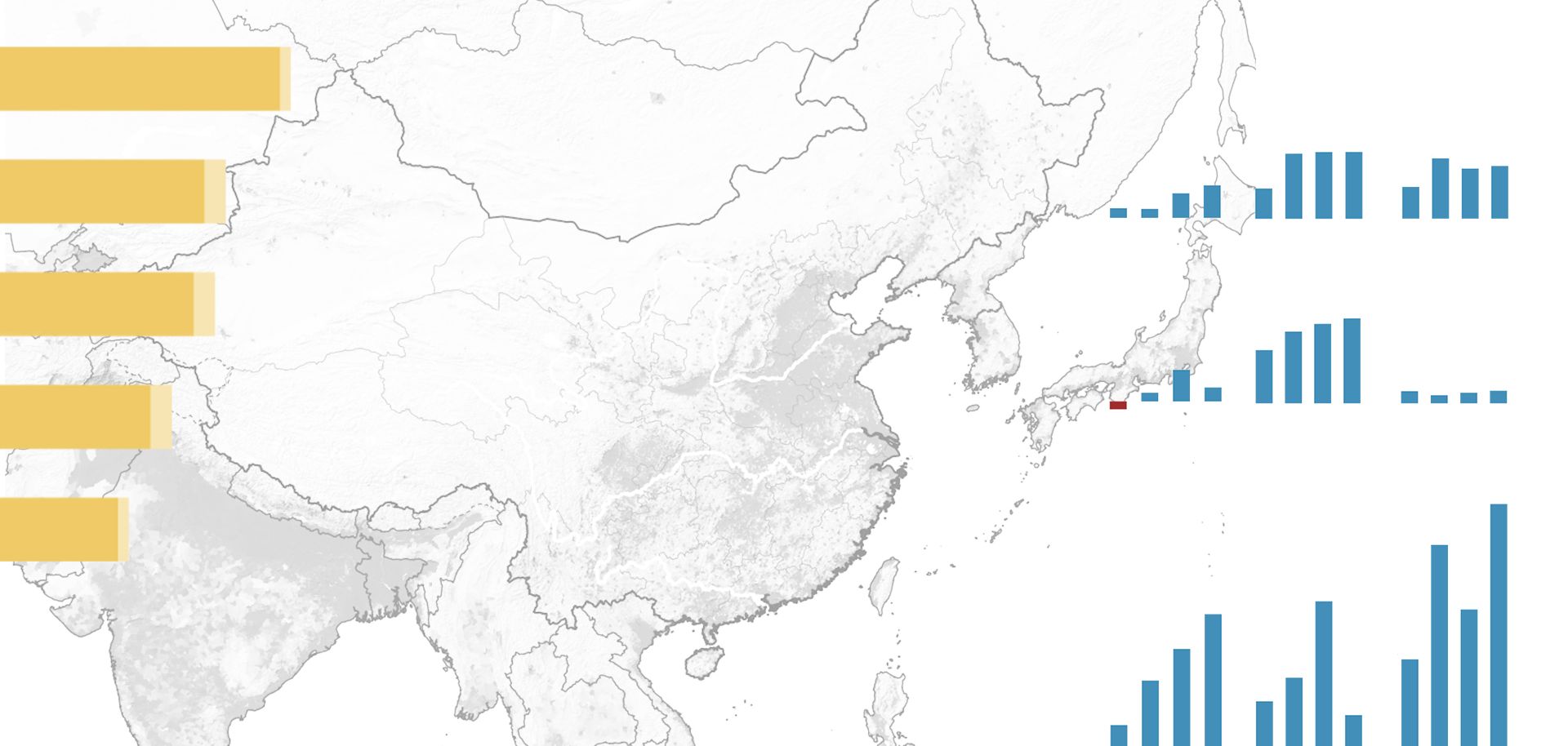
When determining borders, a river is often the clearest delineation between sovereign nations. But that clarity abruptly ends when countries must decide how to use the water that the river provides. Even managing rivers that do not determine borders, but rather travel through multiple countries, is precarious at best. The Rio Grande, which partly establishes the U.S.-Mexico border, is no exception. It has been and will continue to be vital to economic growth in the region, especially in Mexico, where the river and its tributaries are crucial to supporting new opportunities for manufacturing and energy.
Manufacturing growth has propelled the rapid expansion of Mexico's electrical grid and, in turn, the demand for energy: Mexico continues to rehabilitate its energy sector to revive production levels. And while the full benefits of Mexico City's recent energy reforms have yet to be seen, the energy sector will likely increase its water consumption (including for hydraulic fracturing) at sites located in the Rio Grande Basin. Moreover, Mexico will not be the only country drawing from the Rio Grande or aquifers to support energy production. Agriculture is the primary consumer of water in Texas, but the Eagle Ford shale formation crosses the Mexican border, and production on the U.S. side has already increased water use in several river basins over the past decade, a pattern that will likely continue.
All of these factors contribute to current estimates that upper portions of the river will decrease by as much as a third by the end of this century and that lower portions will accumulate a deficit of more than 830 million cubic meters per year. The gap between supply and demand will grow, as will tension along the border. The current treaties that dictate water allocation, signed decades ago, have been sufficient and their terms largely met until now. But overuse of water resources and environmental stress continue to rise, and basin conditions are poised to prevent amiable management of the water system in the long term. Efforts from both the private sector and governments will likely focus on implementing technological adaptations, including waterless hydraulic fracturing and water recycling, to mitigate water stress. Nevertheless, dwindling water supplies could hamper manufacturing growth and energy production in the basin, especially for Mexico. Moreover, Mexico's likely failure to meet delivery quotas will only raise tension with the United States in the coming decades.



